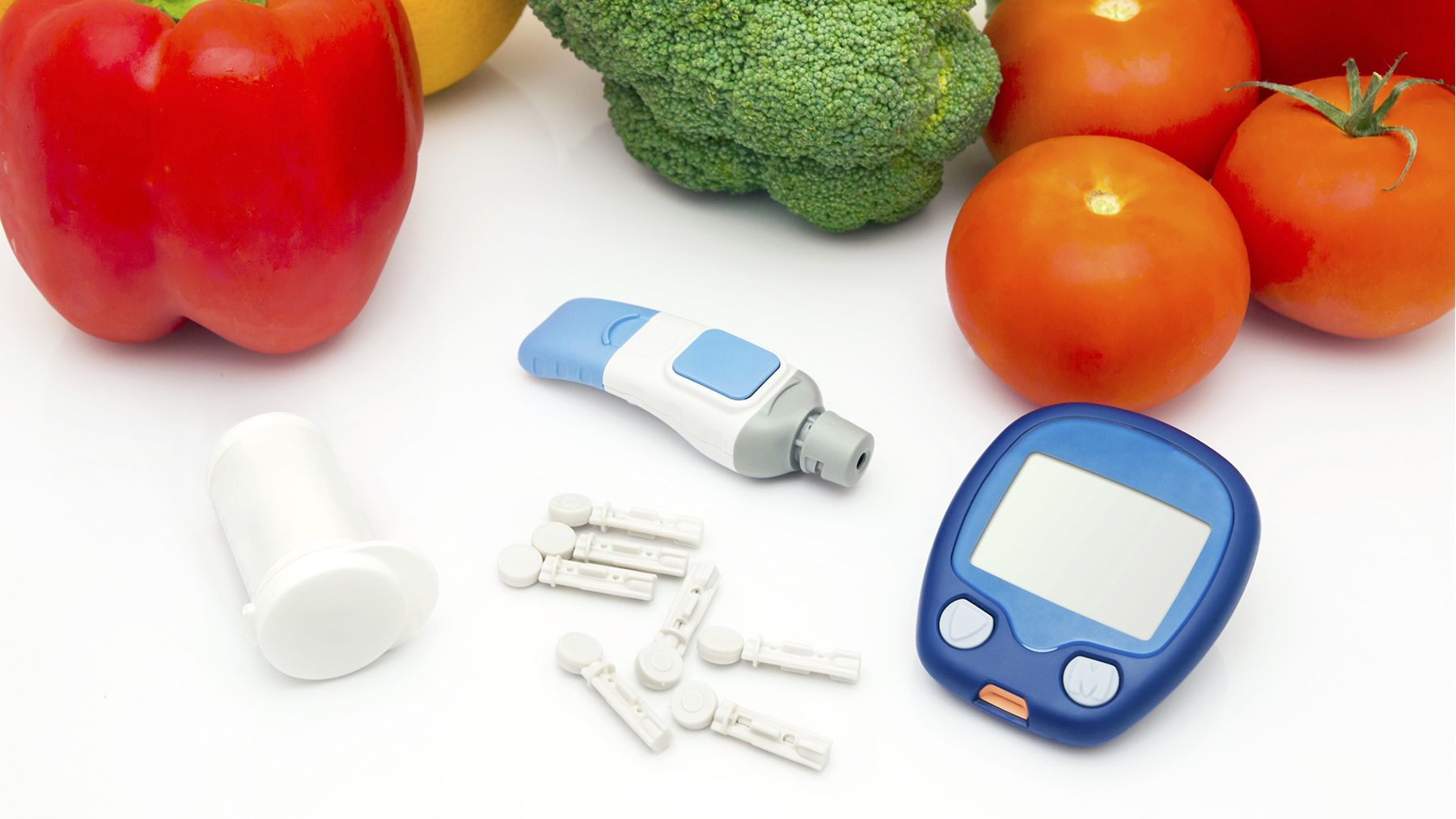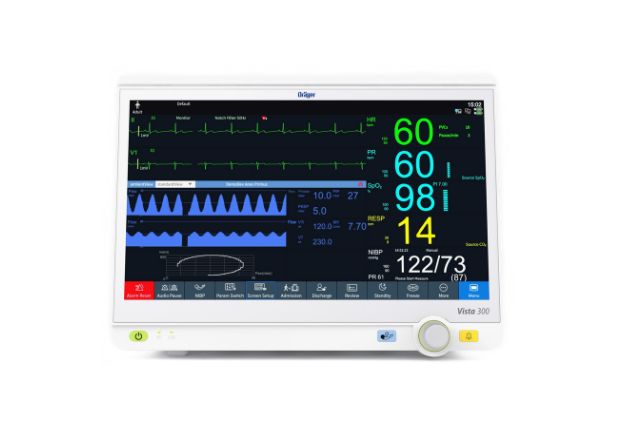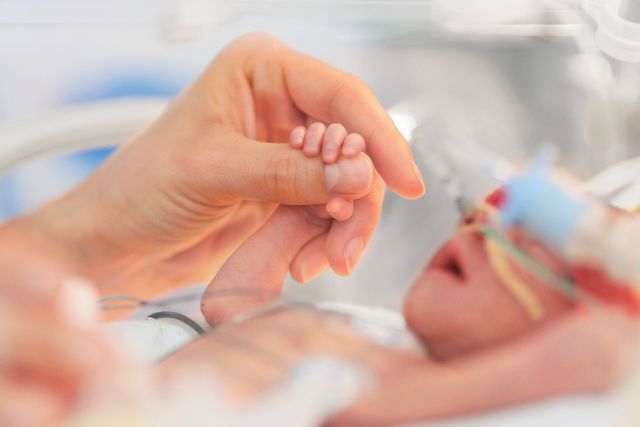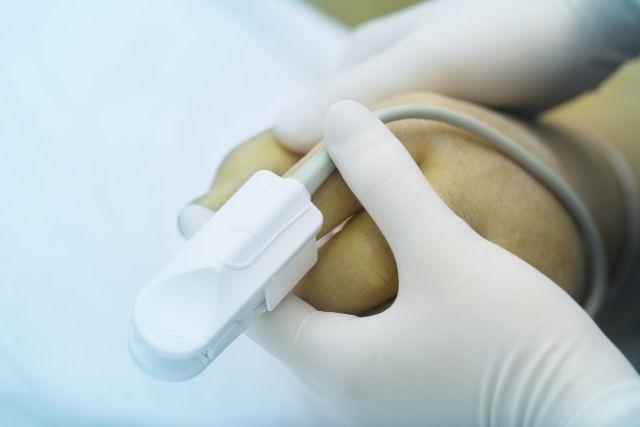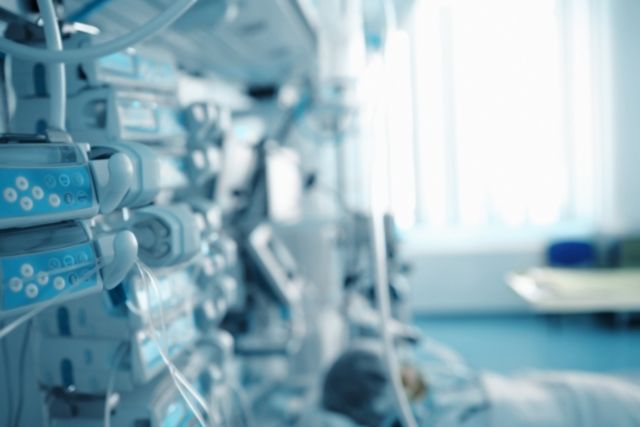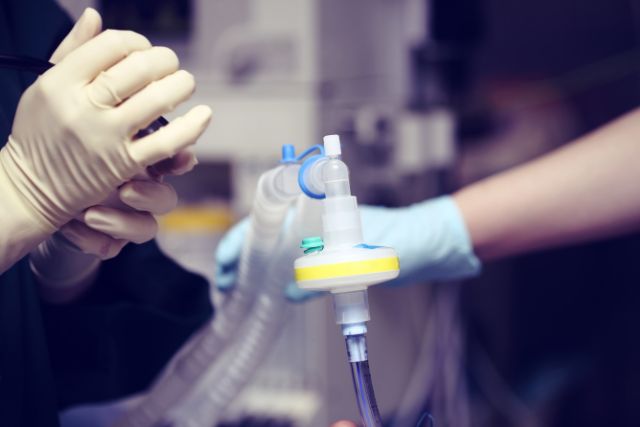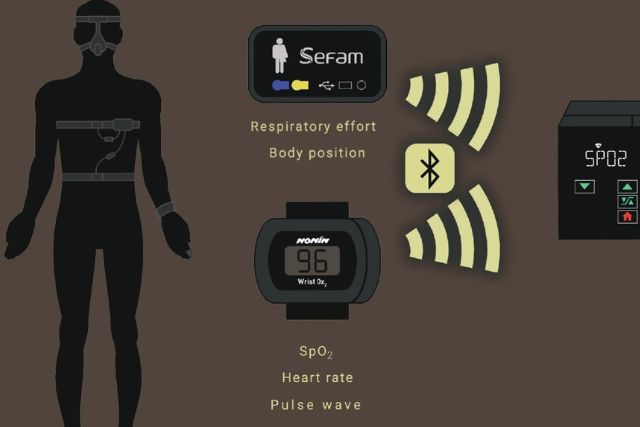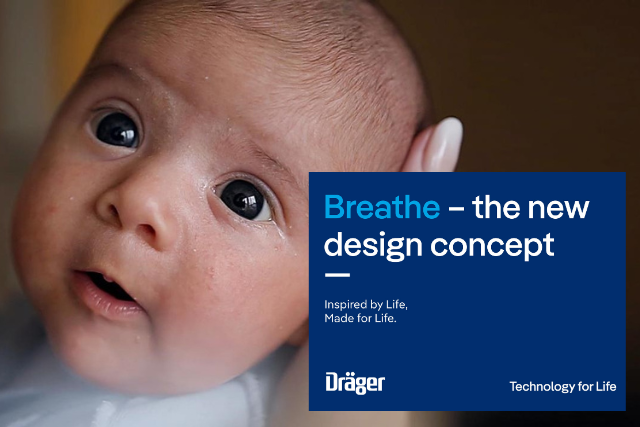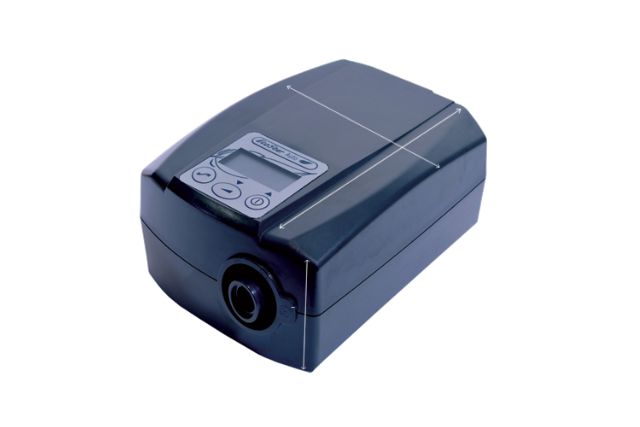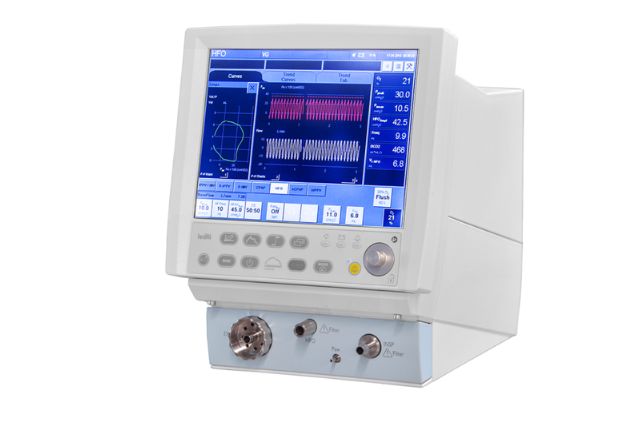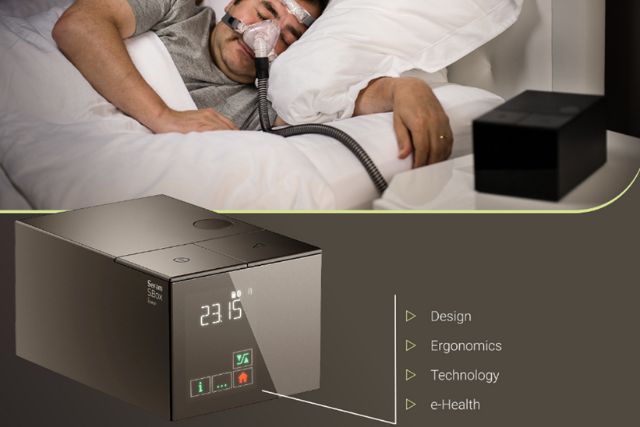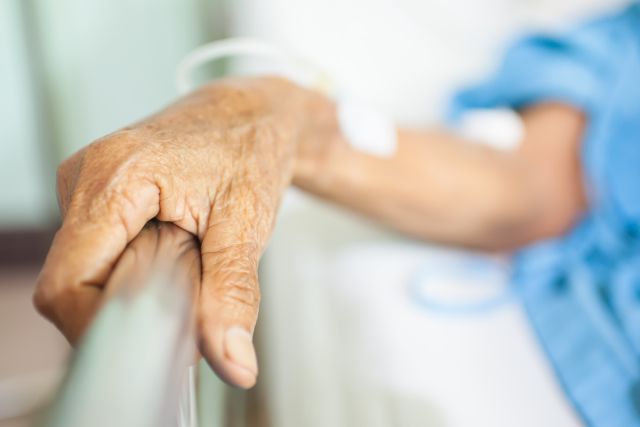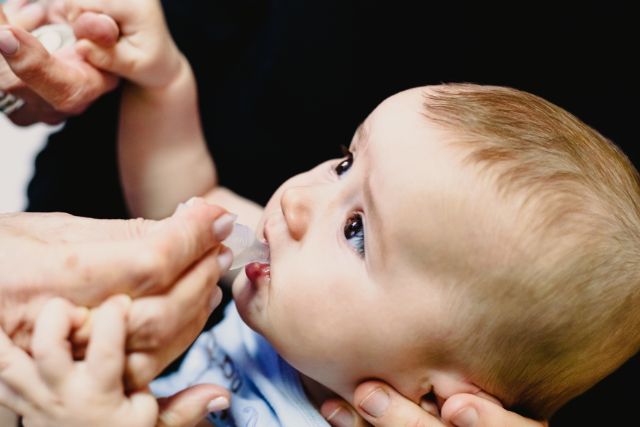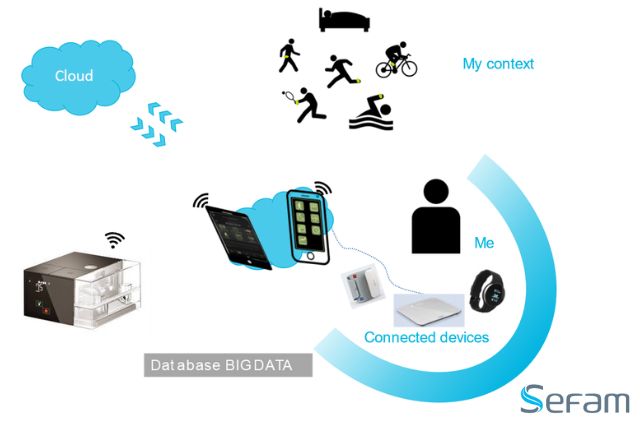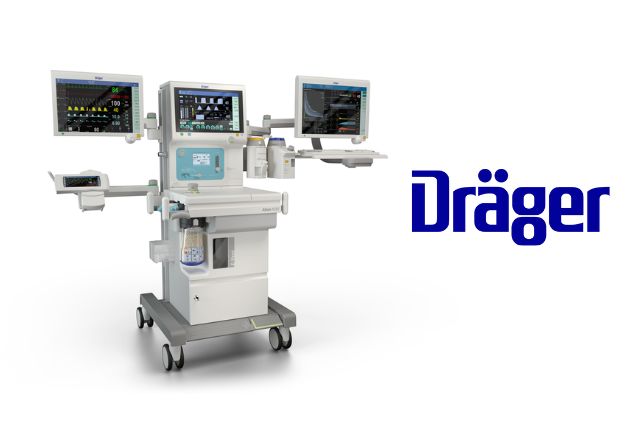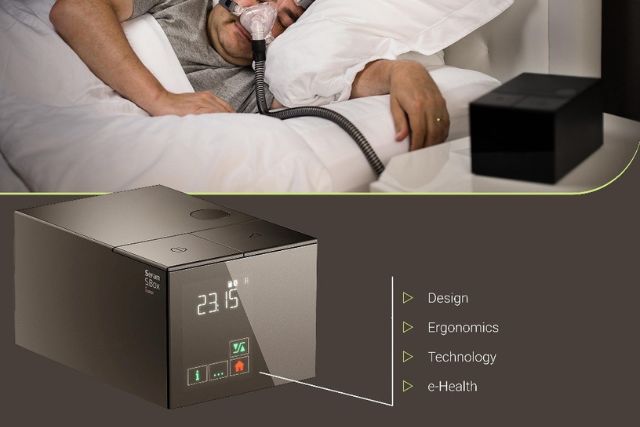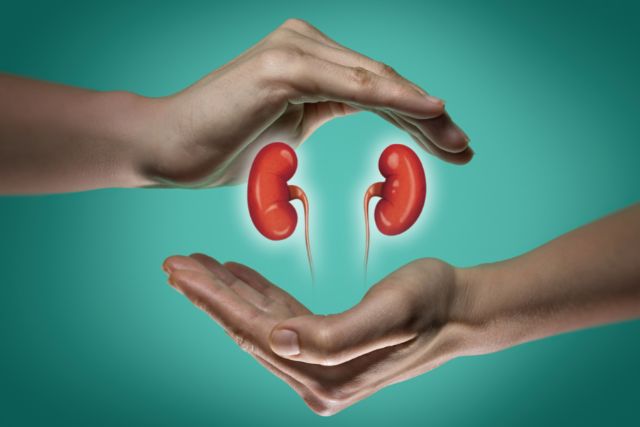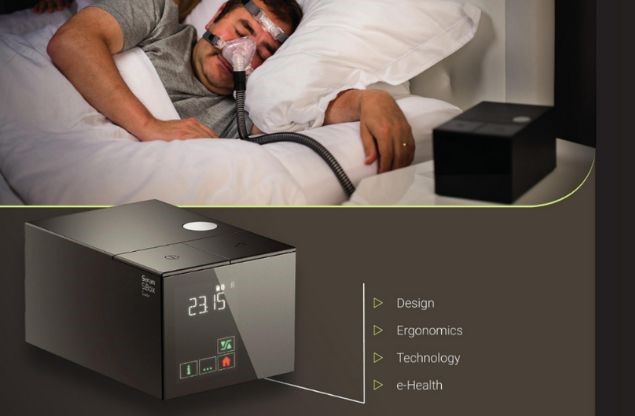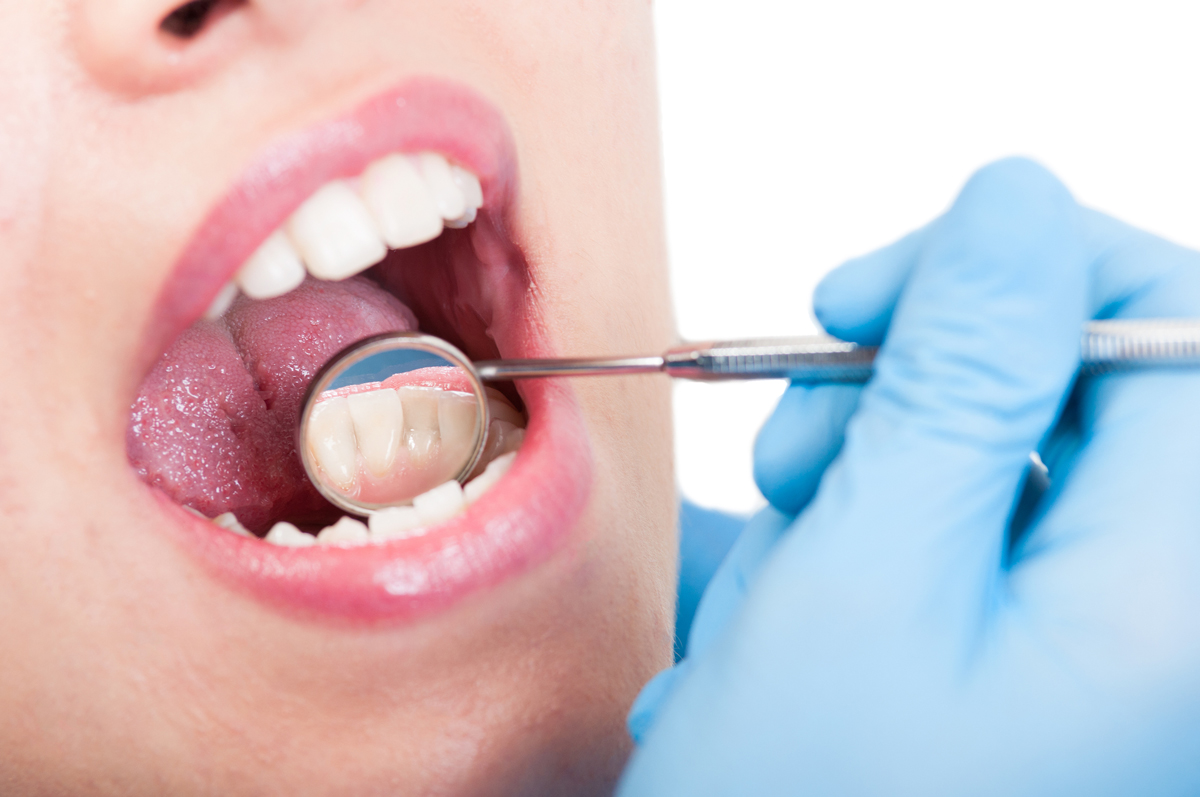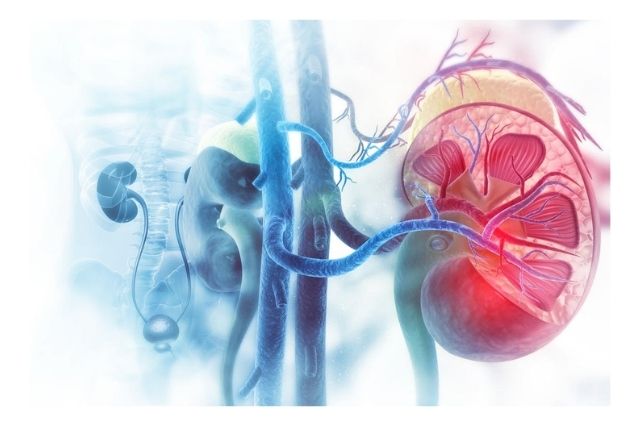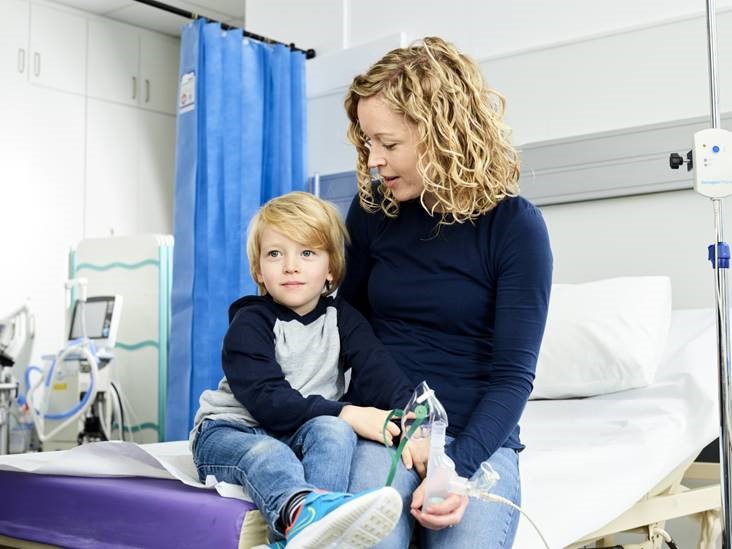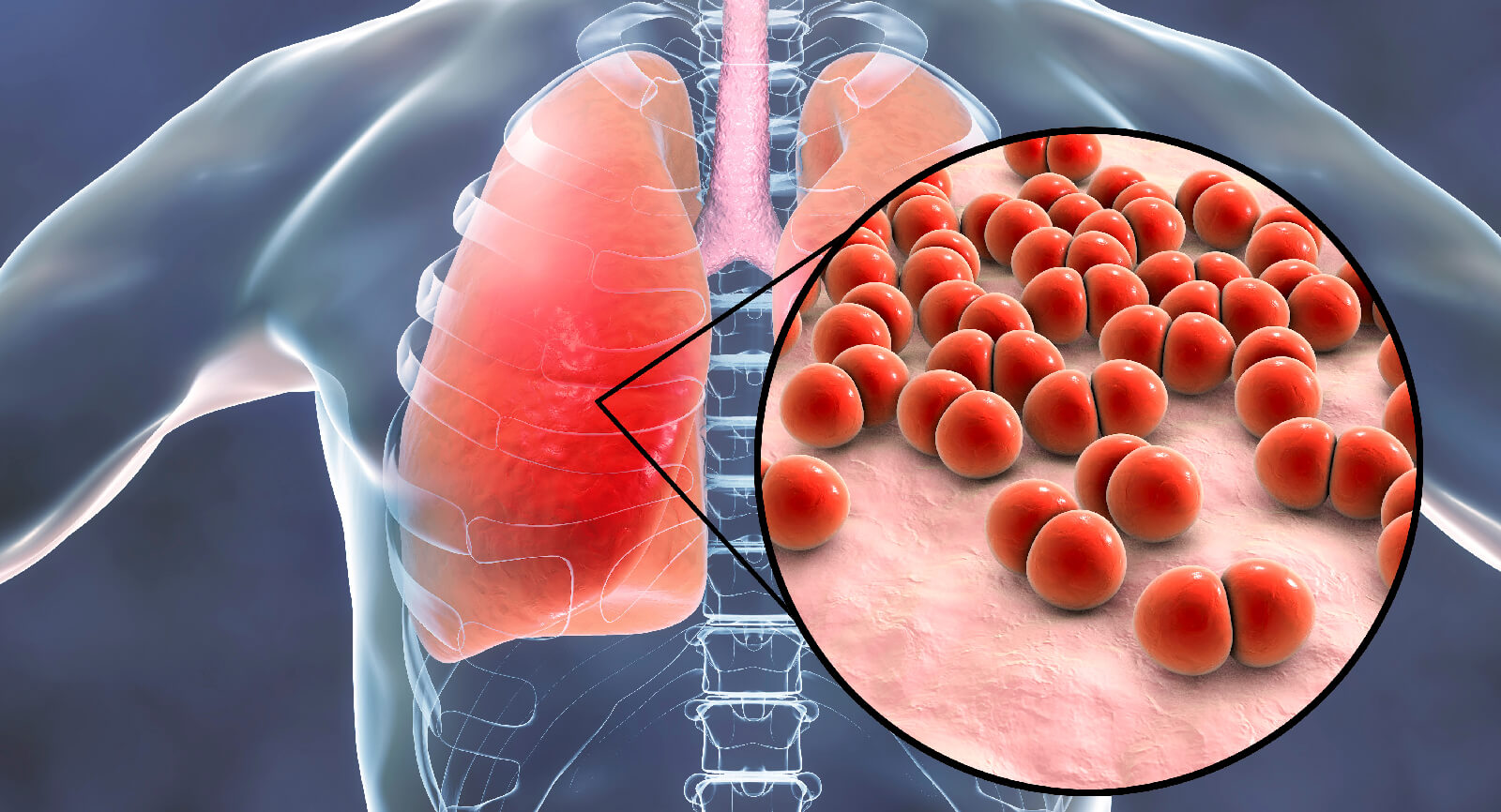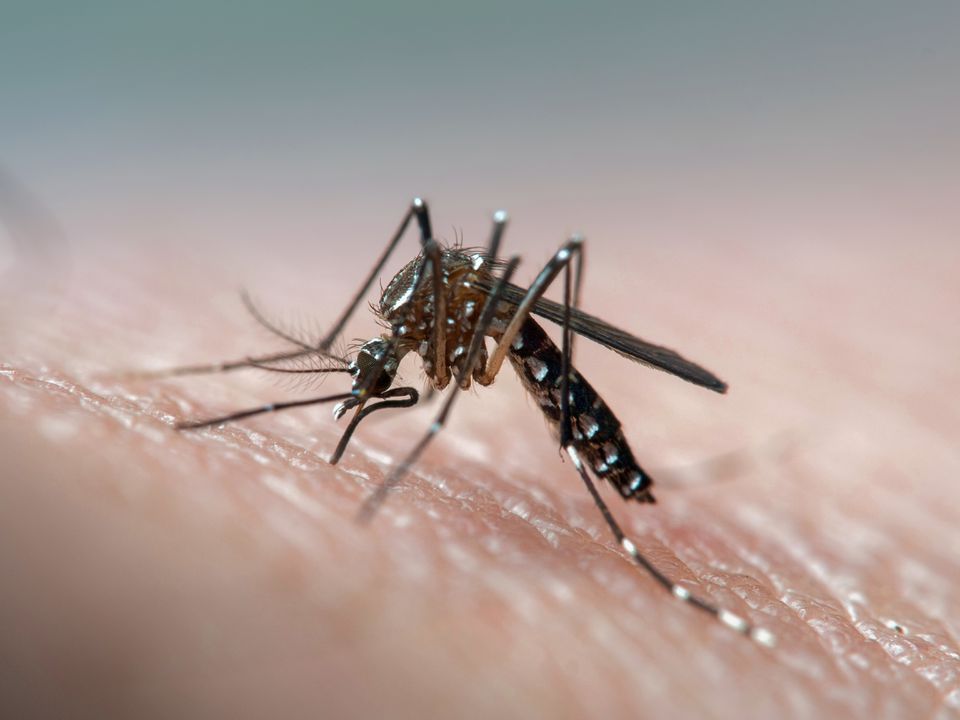India has witnessed an alarming rise in incidence of diabetes in the last two decades. The country represents 49 percent of the world’s diabetes burden with an estimated 72.9 million cases in 2017, a number expected to almost double to 134 million by 2025. Diabetes, one of the major non-communicable diseases in India, accounts for about half million deaths in a year.
Insulin therapy is often a crucial part of diabetes management. About 35 percent of people living with diabetes are currently on insulin. In people with type 1 diabetes insulin is the mainstay of treatment. However, people with type 2 who are not well controlled on oral drug therapy, diet and exercise may also need insulin injections to control the blood glucose levels and prevent long-term complications from the disease like cardiovascular disease, stroke, peripheral vascular disease, kidney disease etc. These risks can be significantly reduced through good glycaemic control, diet, exercise and taking insulin properly.
Injection technique is crucial in achieving optimal control of diabetes in patients on insulin therapy. For optimal insulin absorption, insulin needs to be injected into the fat layer under the skin to avoid the muscle. It is also important to use a new site each time for every injection. It is also recommended not to inject into the same site repeatedly and it is recommended to change the needle with every use/injection.
“In Pune, many people with diabetes still re-use their insulin syringes and pen needles due to reasons like unawareness and cost. As healthcare professionals we strive to educate patients, their families and even physicians treating them about the disadvantages of re-using and its long-term clinical implications and healthcare cost burden. At our hospital we have a dedicated team of clinicians and diabetes educators who train patients on various aspects of injection technique right from the first visit itself. Our team spends time with the patient making them confident to independently take their injections, follow correct injection site rotation, prevent re-use and the awareness and prevention of Lipohypertrophy (a swelling that occurs at the site of insulin injection due to excess fat accumulation under the skin). Each step towards the right direction counts and we must discourage the re-use of insulin needles, looking at the bigger benefits of optimizing insulin administration for better glycemic control.”- said Dr. Unnikrishnan AG, CEO and Chief of Endocrinology at the Chellaram Diabetes Institute and FITTER India Scientific Advisory Board member, Pune.
“At our centres, our team of professionals, train patients on various aspects of correct injection technique, lipohypertrophy and discourage re-use of needles. Patients are also educated on safe disposal of their needles. Through our various educational programs during our regional conferences and local type 1 educational programs, we train over 1500 clinicians and diabetes educators every year and also reach out to more than 400 number of patients each year, disseminating the importance of the FITTER recommendations on correct insulin injection technique” said Dr. Banshi Saboo, Chairman and Chief Diabetologist, Diabetes Care & Hormone Clinic and FITTER India Scientific Advisory Board Member, Ahmedabad.
“In Bangalore 95 % of people with diabetes do re-use needles primarily due to lack of awareness and training on the correct injection practices. It is important to understand that for the medication to be effective, it must be taken correctly and why patients must always use a new needle for every injection. Reuse of needles and incorrect injection technique can lead to serious yet avoidable consequences & complications and medication errors. At our center, our team of doctors and diabetes educators ensure proper injection technique and needle use.” Said Dr. Anantharaman. R, Endocrinologist Magna Centers for Obesity, Diabetes and Endocrinology (MAGNA CODE) Bengaluru.
Insulin pen and syringe needles are intended for single use only, but it is known that a significant proportion of people with diabetes do re-use needles primarily due to lack of awareness and training on the correct injection practices. Needle re-use causes blunting and bending of the needle tip, increasing pain & bleeding, dosage inaccuracy, and Lipohypertrophy. Lipo is a thickened, rubbery swelling under the skin at the patient’s usual injection sites. Lipohypertrophy can lead to poor glycaemic control, hypoglycaemia and glycaemic variability. Studies show that the frequency of needle re-use, significantly increases the risks of developing lipo.
Bacteria is present on the needle after the injection is completed and bacterial growth increases with further re-use. Macroscopic regurgitation into the cartridges is also observed. Should any caregiver get a needle stick injury with this, it could pose a potential danger of transmission of blood borne diseases such as HIV or hepatitis. Health-care professionals should create awareness among the patients regarding the potential adverse effects of re-use and discourage this practise.
Adherence to medication is a major factor in determining treatment outcomes for patients. In India, this is particularly true in the management of chronic manageable diseases such as diabetes. It is important to understand that for the medication to be effective, it must be taken correctly and why patients must always use a new needle for every injection. Reuse of needles and incorrect injection technique can lead to serious yet avoidable consequences & complications and medication errors. Hence, for patient safety, there is a dire need of spreading awareness about avoiding the re-use of insulin needles.







